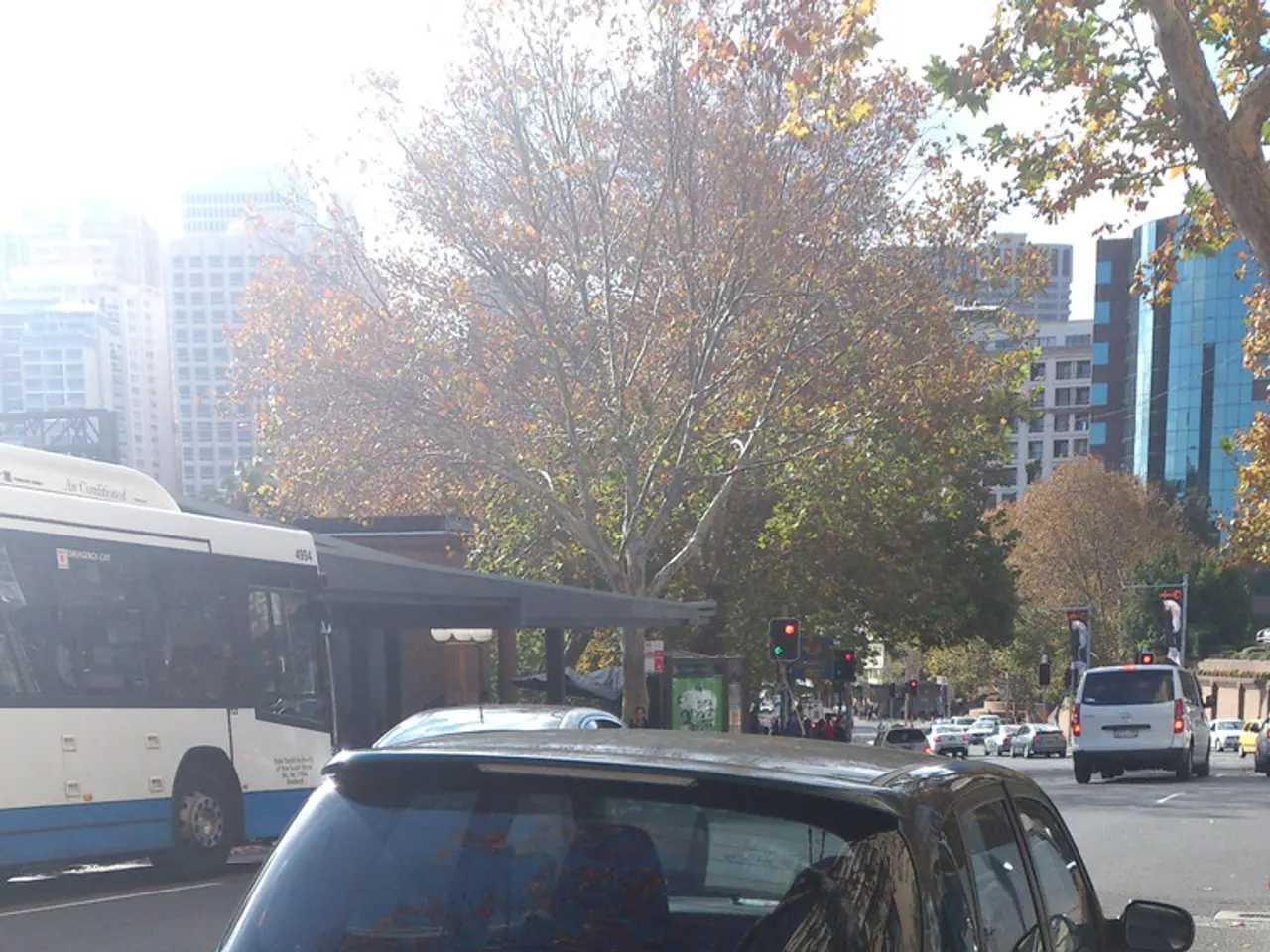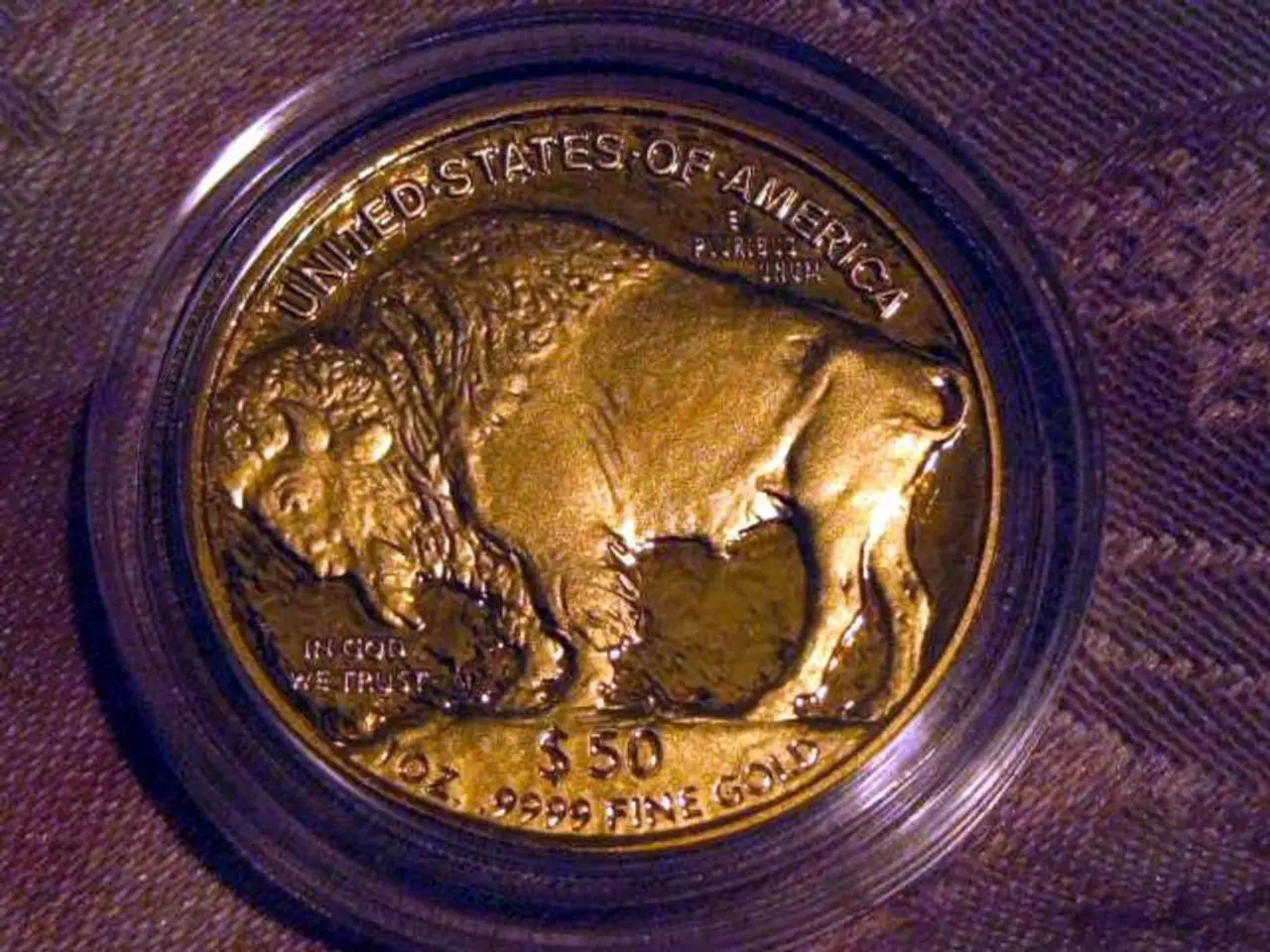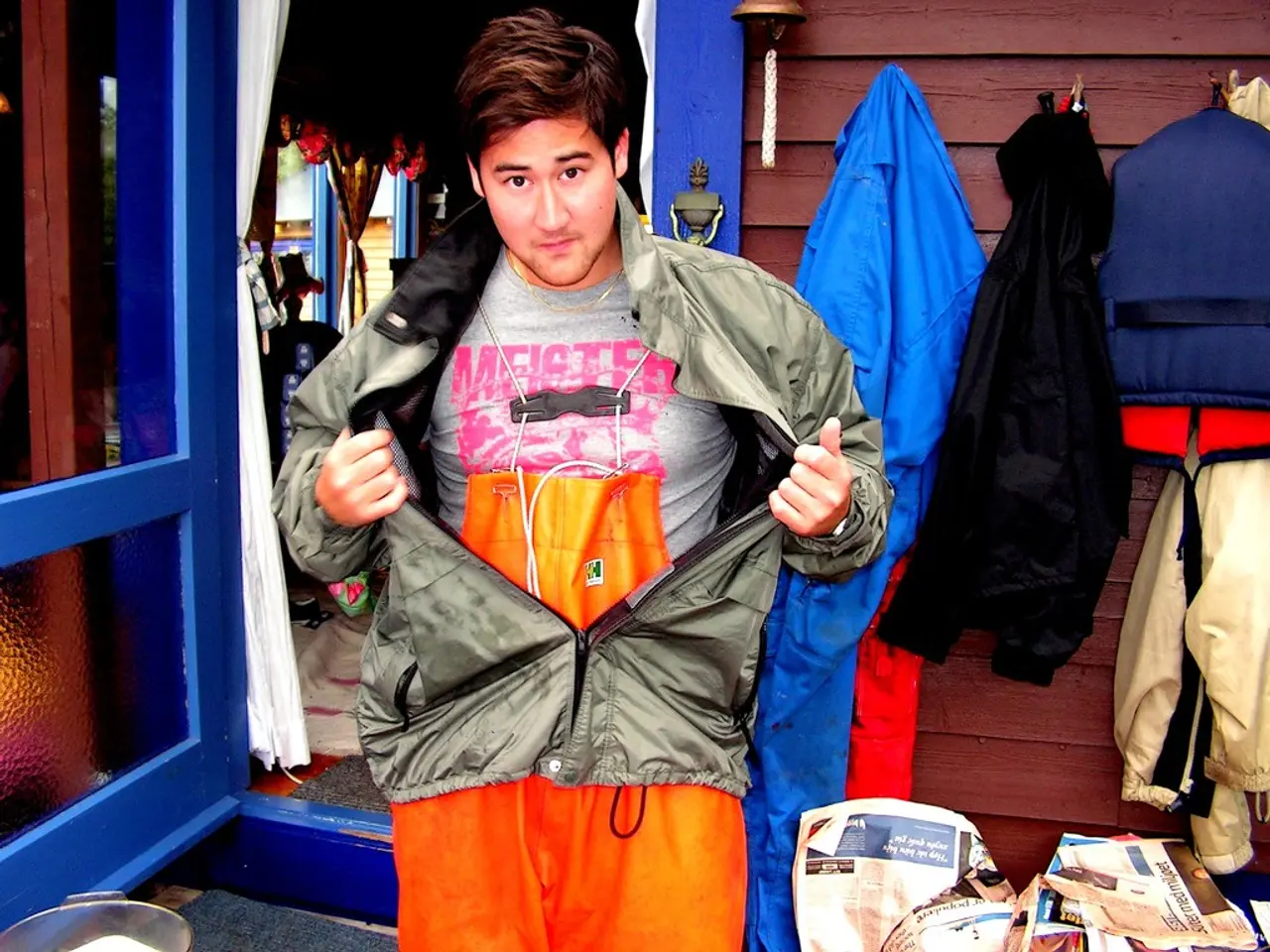Tesla's Advanced Autopilot System outperforms China's Automated Driving Assistance System competitors in recent impact-avoidance trials, as showcased in a video.
Tesla's Full Self-Driving System Shines in Chinese Safety Tests
Tesla's Full Self-Driving (FSD) technology has proven its prowess in independent collision avoidance tests in China, outperforming numerous Chinese electric vehicle manufacturers. The tests, conducted by Dcar (ByteDance’s automotive division) and Chinese state broadcaster CCTV, saw Tesla's Model 3 and Model X successfully navigating five out of six high-risk scenarios, while competitors like BYD’s Denza Z9GT and Huawei-supported Aito M9 failed three challenges, and Xiaomi’s SU7 only cleared one [1].
In a more extensive urban driving test involving 9 scenarios and 234 simulations, Tesla's Model X demonstrated strong performance by avoiding collisions in 8 out of 9 tests, maintaining its lead over competitors in complex urban environments [2]. Experts in China acknowledge that local manufacturers are still behind Tesla in key areas such as multi-lane highway navigation and pedestrian detection [1][2].
The success of Tesla's FSD system is attributed to the sophisticated integration of its hardware and software, notably the latest Tesla Hardware 4.0 platform. Despite data export restrictions from China limiting local data usage for AI training, Tesla's global data-driven development approach allows its system to handle challenging road conditions in China effectively, outperforming domestic firms in critical safety capabilities.
CEO Elon Musk has expressed hope that FSD approval in Europe and China will arrive "soon." In anticipation, Tesla recently shared footage of FSD navigating the complex Magic Roundabout in London, awaiting regulatory approval [3].
During the tests, a viewer claimed that the driver of the Model X may have disengaged FSD too early during one test, potentially affecting the score [4]. The timestamp for the potential issue with the Model X is 25:47 in the test video. Another viewer suggested that if the Model X was allowed to continue autonomous emergency braking (AEB) without driver intervention, it might have stopped [4].
The DCARSTUDIO test video featuring Tesla vehicles also includes footage at 21:25, 25:36, 59:48, 1:15:08, 1:23:16, and 1:29:06. Many of Tesla's competitors used LiDAR-based systems but still couldn't match Tesla's software-driven, camera-only approach [1].
Tesla's vision-based FSD system, used in the Model 3 RWD and 2023 Model X Long Range, passed 5 out of 6 test scenarios [1]. CEO Elon Musk has also noted that Tesla is now incorporating data from test tracks and its world simulator to improve performance further [5].
The tests involved 36 vehicles, including models from Tesla, NIO, Xpeng, BYD, and Xiaomi. DCARSTUDIO has announced that an English version of the test video is coming soon [6].
[1] Chinese media outlet DCARSTUDIO evaluates Tesla's Full Self-Driving technology in collision avoidance tests
[2] Tesla's Full Self-Driving system demonstrates strong performance in urban driving tests in China
[3] Tesla shares footage of Full Self-Driving navigating the complex Magic Roundabout in London
[4] Viewer claims driver of Model X disengaged FSD too early during one test, potentially affecting score
[5] CEO Elon Musk notes that Tesla is now incorporating data from test tracks and its world simulator to improve performance further
[6] DCARSTUDIO announces English version of test video coming soon
- In the urban driving tests organized by DCARSTUDIO, Tesla's technology stood out among Chinese competitors, such as NIO, Xpeng, BYD, and Xiaomi, in complex scenarios like multi-lane highway navigation and pedestrian detection.
- The automotive industry is witnessing a significant shift, as technology and finance companies, like Tesla and Huawei, are increasingly integrating their resources towards the advancement of self-driving vehicles, particularly in sectors like transportation.
![Tesla's Autopilot System Outperforms China's ADAS in Latest Impact Avoidance Trials [VIDEO]](/en/content/images/size/w1280/format/webp/20250805233753_tesla-full-self-driving-fsd.jpeg)



